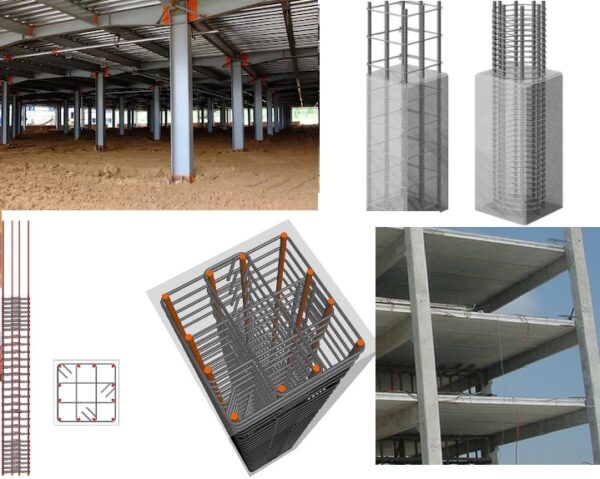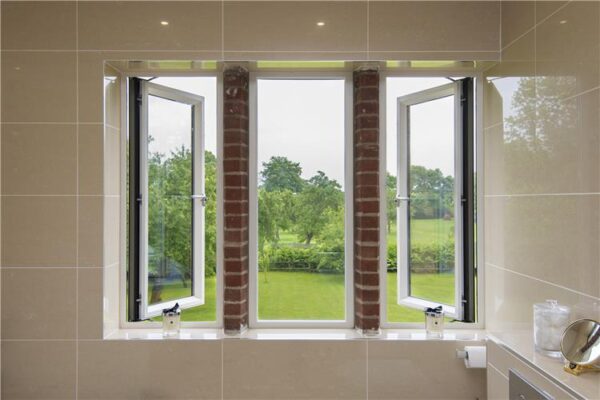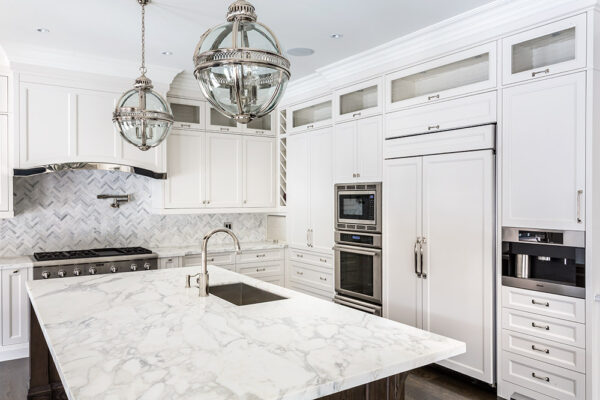There are two main types of columns used in a structure: those made out of iron or steel and those that are comprised of wood. The strength of the column is measured by the maximum tensile strength or MPBS, the value derived from calculations using graphite, solid steel, aluminum and laminate graphite; and other materials that can be specified for the column. Columns that have an MPBS of 4.5 MPBS are usually considered to be the strongest type of column, since they can withstand tremendous loading forces.
Another type of column is the straight and curved spiral column. A straight column has a cross-section similar to that of a corrugated box, where the walls are located perpendicular to the cross section. The walls do not bear tension on either side, so the column is not lateral to its axis of symmetry. Longitudinal bars on the other hand, run parallel to the cross section. This type of column is more commonly used for column lines where the structure is required to be able to bend as required during wind and rain.
Cast iron and pressed wood spiral columns are the most common types of spiral columns in use today. Cast iron spiral column allows for fine casting control. Pressed wood spiral reinforcement can also be used if the structure is to bear the stress of extremely harsh conditions. Cast aluminum or wooden spiral columns are commonly used when the column is to be placed at the bottom of a reservoir or on the exterior walls of a barn. When the diameter of the cavity is smaller than the length of the column, circular or oval cavities are used.
A building’s interior walls also come in different forms, some of them bearing the traditional round or rectangular shape. A few more shapes that are commonly used in building interior walls are: gender wall, arched wall, circle wall, curved wall, flat wall, helical wall and halo wall. Hollow metal forms can also be used in the building’s interior walls to support the weight of the ceilings. The exterior face of hollow metal can be made with stamped metal, embossed metal, smooth metal, lamination and cold rolled steel.
In case of buildings where the exterior face of the column must bear the load of intense weather conditions, rectangular tubes with progressively smaller diameter steel tube are used. These columns are normally used where the column is to be located near the edge of a bay style roof. This type of column is not capable of handling the forces associated with the extreme weather conditions. A continuous flow of concrete is forced through the reinforcement and then after being spaced, the concrete is turned over by the wall before it cures.
A continuous inner core is built up between two adjacent columns by tying the core piece around the other end. The term for continuous inner core is known as tie beam. A tie beam is a row of tie beams with the bottom beam positioned in front of the other beam. The concrete is then poured in a straight path through the tie beam. Other types of reinforced columns are: sidewalls, singles, parallel columns, slabs and trusses.




